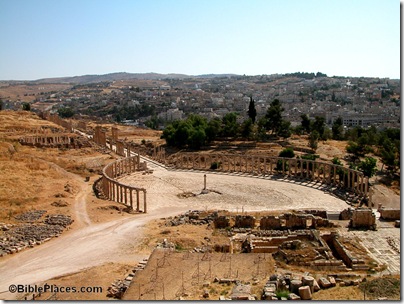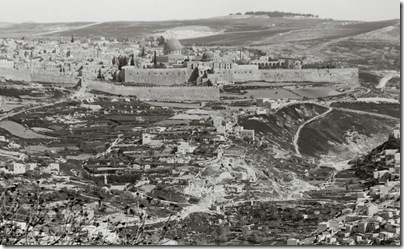If you are looking for a serious study tour of biblical and historic sites in Jordan, you can do no better than the trip this June with Dr. Ginger Caessens. I was on a similar trip some years ago and I highly recommend it. This is particularly ideal for those who
1) have already been to Israel;
2) are not looking for a “tourist” trip, but really want to learn;
3) are in reasonably good shape. You can even get credit to transfer back to grad school, college, or seminary. Here are the details from the University of the Holy Land website:
Historical Geography of Jordan
Credits – 2
A 14-day Intensive Study Tour. Nine days of field studies will immerse the student in the rich history of the area. Regions visited include Ammon, Gilead, the Madeba Plateau, Moab and Edom. Many Biblical events transpired in this region, where the tribes of Reuben, Gad, and the half-tribe of Manasseh settled. Moses died in Transjordan and the judges and prophets including Elijah, John the Baptist, Jesus, and Paul, all ministered in the area, which played a crucial role in international trade during Old and New Testament times.
Instructor: G. Caessens, Ph.D. June 2-16, 2008.
For information on cost and accommodation, contact the UHL office.
This is a short-term intensive course. Register now. Limited enrollment! (Minimum enrollment:
15; maximum: 22)

